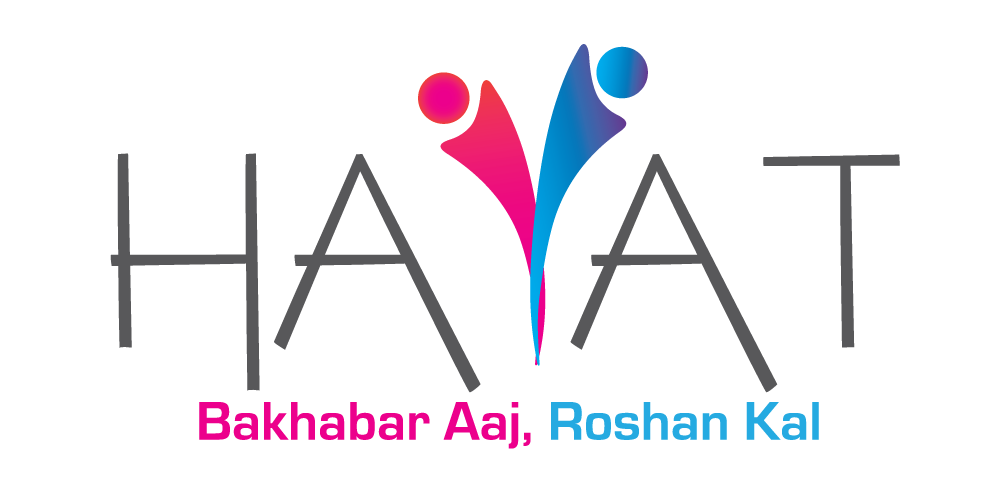Addiction – Drug Abuse
According to “The Drug Use in Pakistan 2013 Survey Report” prepared by Narcotics Control Division, Pakistan Bureau of Statistics, and UNODC, an estimated 6.7 million adults in Pakistan have used drugs in the past year (2013), 78 per cent of whom are men and 22% are women. Cannabis — in its purified form, hashish — was found to be the most commonly used drug in Pakistan, with 3.6 per cent of the adult population, or four million people listed as users. Opiates, namely opium and heroin, are used by almost one per cent of overall drug users, with 860,000 chronic heroin users.
An estimated 4.25 million individuals thought to be drug dependent in Pakistan are in dire need of professional treatment. Prescription drugs abuse is dominated by women, with some 67 per cent of women resort to misusing opiate-based painkillers, 25 per cent use tranquillizers and sedatives, while eight per cent are using other drugs which are readily available in pharmacies.
Intravenous drug use is also considerably high, with 430,000 people estimated to be injecting drugs in Pakistan, a higher estimate than ever reported previously.
Moreover, 73 per cent of those injecting drugs share syringes. In 2005, 11 per cent of the population was injecting drugs, which went up to 21 per cent in 2008 and 37.8 per cent in 2011.
Drug abuse is rapidly growing in Pakistan, especially amongst youth in colleges and universities, resulting in serious social and health implications. According to a National Assessment study on Drug Abuse in Pakistan, ONE out of every TEN college/university students in Pakistan is a drug addict. Not only youth, but over 40,000 street children are involved in solvent substance abuse in merely four major cities of the country namely Karachi, Lahore, Peshawar and the twin cities of Islamabad and Rawalpindi, the study revealed.
